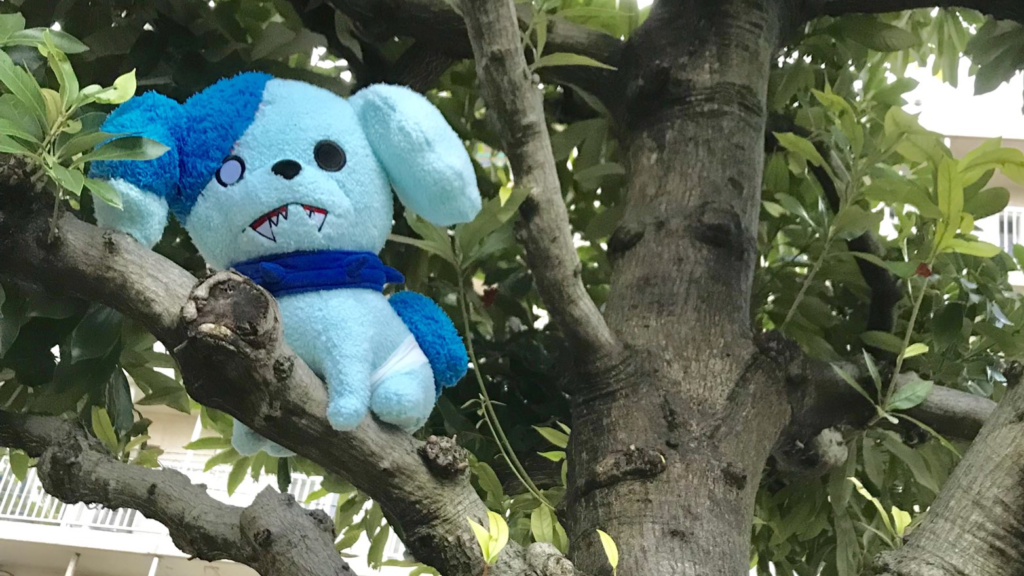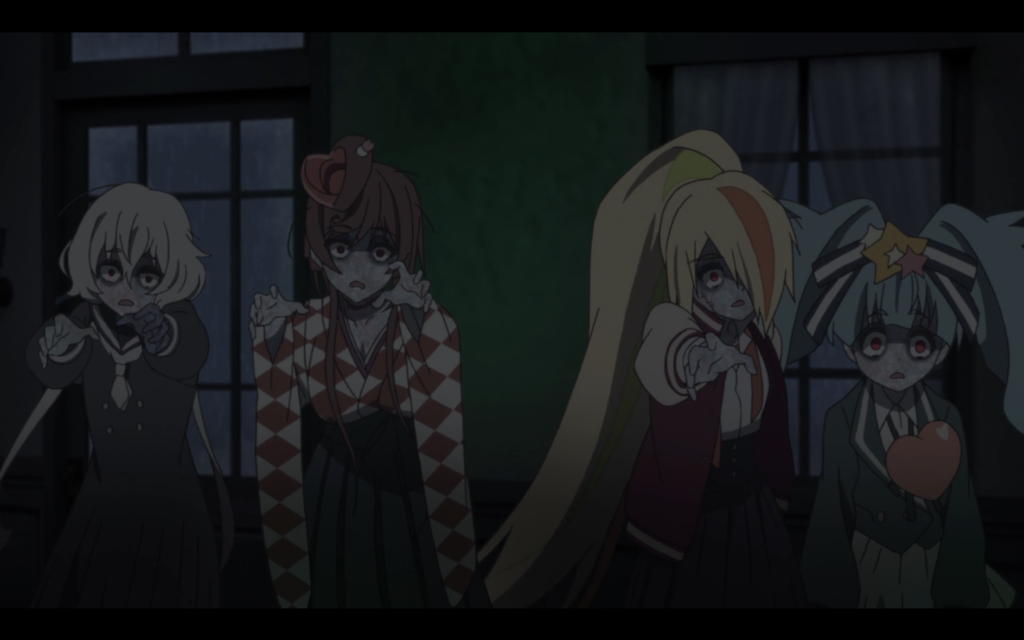A little bit of Kara History: I was a young teen just as Geocities was getting underway. You know, the version with “neighborhoods” and 4-digit addresses? I had three of those. One was dedicated to a fan site for Robin Williams, who was — and remains — my absolute fave. At the time there was no such thing as “official sites” for celebrities, so I did my best to create a repository of knowledge for fans until such time as this happened.
This ended up including whatever news I could find on upcoming film and TV projects, and boy was that rough. There was no such thing as social media, and the concept of an “online marketing campaign” was still to come, so early entertainment news was a lot of dead ends and guessing. The number of “Development Hell” entries there were on my page was staggering, likely because we hadn’t learned yet that “I’d like to do this someday” doesn’t count as a business deal. And on top of that, the concept of an official website for a film was downright novel.
Entertainment in the Teens

Nowadays, you can hardly move for news. There are people who devote their entire careers to online promotion of entertainment (I’m one of them). Where once we often knew nothing until a trailer dropped, now we have officially licensed set photos. And, you know, unofficial ones from visitors. There are marketing cadences set up around how much we get to know and when. It’s a balancing act, and an impressive one.
Sadly, with this modern convenience has come a nasty side effect: people who want more will get more. Things like Doctor Who set visits started out benign enough, but got to a point where visitors pried so hard that mitigating spoilers became a part of the planning process. In some cases, this meant recording fake lines on set and dubbing the real ones in later; in others, it simply meant dropping the spoiler in an official announcement before anyone else could.
There is, of course, another method: a complete embargo on outgoing news. This puts extra pressure on the marketing team, and could make a modern audience antsy. Doctor Who itself (which, at the time of this writing, hasn’t aired yet) has been adjusting to Chris Chibnall’s no-news policy, meaning the promotions have a very different feel.
One show, however, hit the nail on the head with its no-news promotions, managing to blast onto the scene unspoiled and deliver its premiere in full effect: a little anime called Zombie Land Saga.
“Yes, there are zombies.”

Putting my anime news writer hat on for a second, Zombie Land Saga was both a delight and a nightmare to cover. Released as a collaboration by three powerhouse Japanese production companies and featuring major modern voice talent, the show rode on . . . basically nothing. In an era of adaptations, it was completely new. In an environment where every new anime gets a tie-in smartphone game, three CDs, and a pop-up café before the first episode even airs, it stayed silent. Once in a while we would see a teaser showing flashes of a grim and gritty environment, but we got little else.
The decision was a bold one, because in 2018 giving your potential viewers absolutely nothing will have one of two effects. They will either lose interest, or they will clamor for information. Which you get depends entirely on how you present what little you give them.
That was never an issue before social media and online marketing of entertainment, because we just weren’t wired that way. (And no, it’s not wrong that we are now — societal mentalities change constantly.) We expect X amount before the premiere, and when you decide to tell someone “no,” you have to pick the voice you do it in very carefully.
So how did Zombie Land Saga — an untested property with only its studios’ names to run on — manage? One word: assets.
Can we trust them?

It became clear pretty quickly that there was a pre-defined set of things — people, images, elements, merchandise, and in-jokes — that could be used as desired throughout the show’s online presence. In the case of this show, that amounted to a plushie of the show’s zombie dog, Romero (seen above), voice actor Mamoru Miyano dressed up as his character and acting silly, the knowledge that zombies exist in the show, and . . . dried squid?
None of the elements worked with was hugely telling, and Miyano (the voice of Riku in Kingdom Hearts and Light in Death Note) has enough stage presence that he can be trusted to ramble on camera without actually saying anything. Most of the Zombie Land Saga Twitter that wasn’t events reports and scheduling time was comprised of Miyano being silly and photos of the Romero plushie.
When the show actually aired, yeah, it was a surprise . . . and then the marketing floodgates opened. Now, of course, you can find out whatever you want to know about the show so far online — mainly that it’s about some weirdo who decided to make an idol group by zombifying six dead singers. As you do.
A Recommendation . . . and Another

Why all this for an anime with one episode to his name so far? Two reasons, the first of which is please watch it because it’s fun.
But secondly, it’s a good social media campaign for us all to dog-ear and keep in mind. Idol anime is super popular in Japan right now, and the show could likely have gotten a large enough advance audience solely on that point. They decided instead to take a risk and market the show on imagery, mood, and mystery.
Don’t get me wrong, the show is goofy. It’s absolutely a comedy (albeit a dark one). But its methods of self-promotion are golden. It is possible to entice a viewership while keeping the lid on. It just comes down to choosing what you entice them with.
I’d love to see Hollywood play with this method of marketing when they want to keep their product as unspoiled as possible. It won’t stop your friend from screaming out the ending of Infinity War right after the first midnight showing, but it would be a wild (and rewarding) ride until then.


Comments are closed.